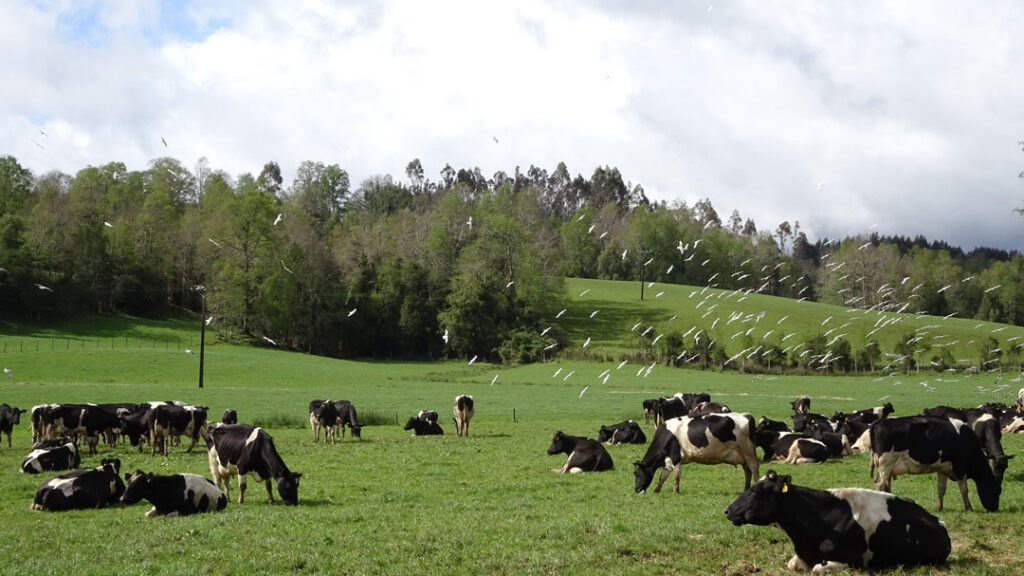Share this page

Alignment with SDGs
AUTHOR
Kirsten Holm Svendsen The Danish Dairy Board Brussels s.a. • Denmark
Abstract
An increasing number of consumers are concerned about the climate effect of milk production and we need to make sure that our consumers maintain their confidence in milk as source of healthy, nutritious and sustainable food.
An important part of the strategy is to cooperate with farmers to measure and to increase the amount of CO2 to be sequestered. Since 2013 almost 700 on-farm meetings have been held to inform about possible actions and more than 5000 climate checks have been carried out on farms in order to make instant improvements and to plan for further improvements. A database has been established in order to measure and benchmark production.
Arlafoods ambition for the 10,300 farmer owners is to reduce emissions from milk production by 30% per kilo of milk within the next ten years and to work towards net zero emissions in 2050.
Kirsten Holm Svendsen Tweet
History of success
Since 1990 Arla farmers have reduced their emission per kilo of milk by 24%. Emission from the dairy activities such as packaging and transport has been reduced by 22% since 2005 notwithstanding the fact that production in the same period has increased by 40%.
According to FAO the global emission average is 2.5kg CO2 per kilo of milk. Arlafoods’ farmers have already achieved an average emission of 1.15 kg CO2 per kilo of milk.
The main beneficiaries are the consumers who will get milk with less emissions, but the farmers themselves will also benefit to a certain extent since CO2-reduction is often cost reducing.

Moving the wheel
Next step is to establish parameters to indicate the farms imprint on environment and climate in order to best determine in which areas the largest potential for improvement lies and to identify farms with the best practice.
More information
can be found on the Arla climate ambition website.






